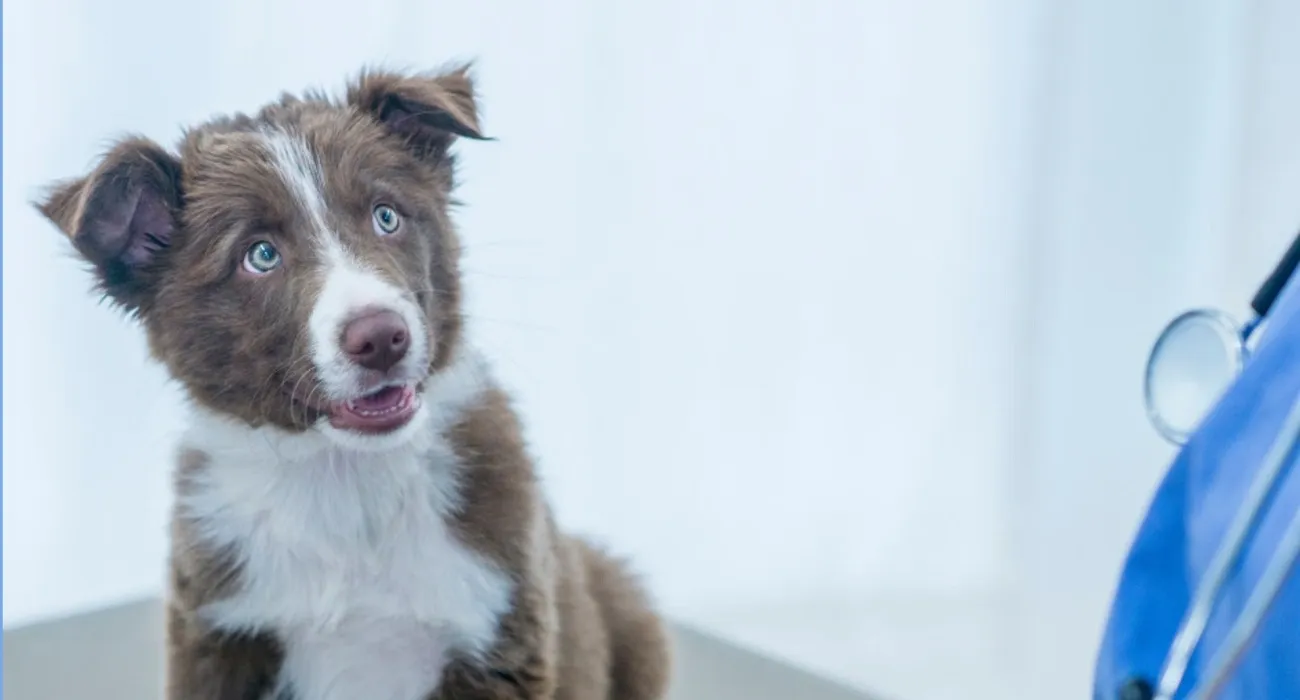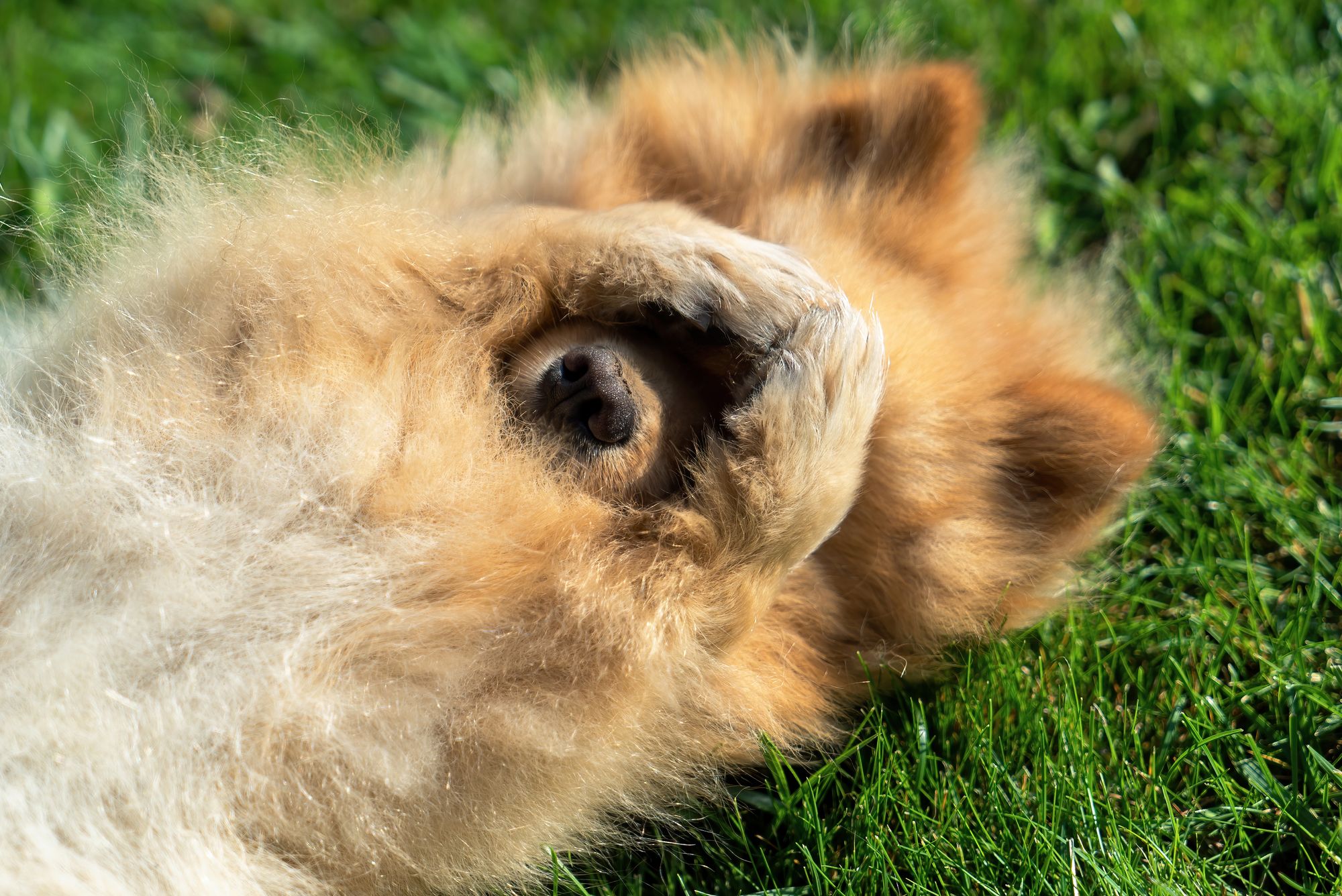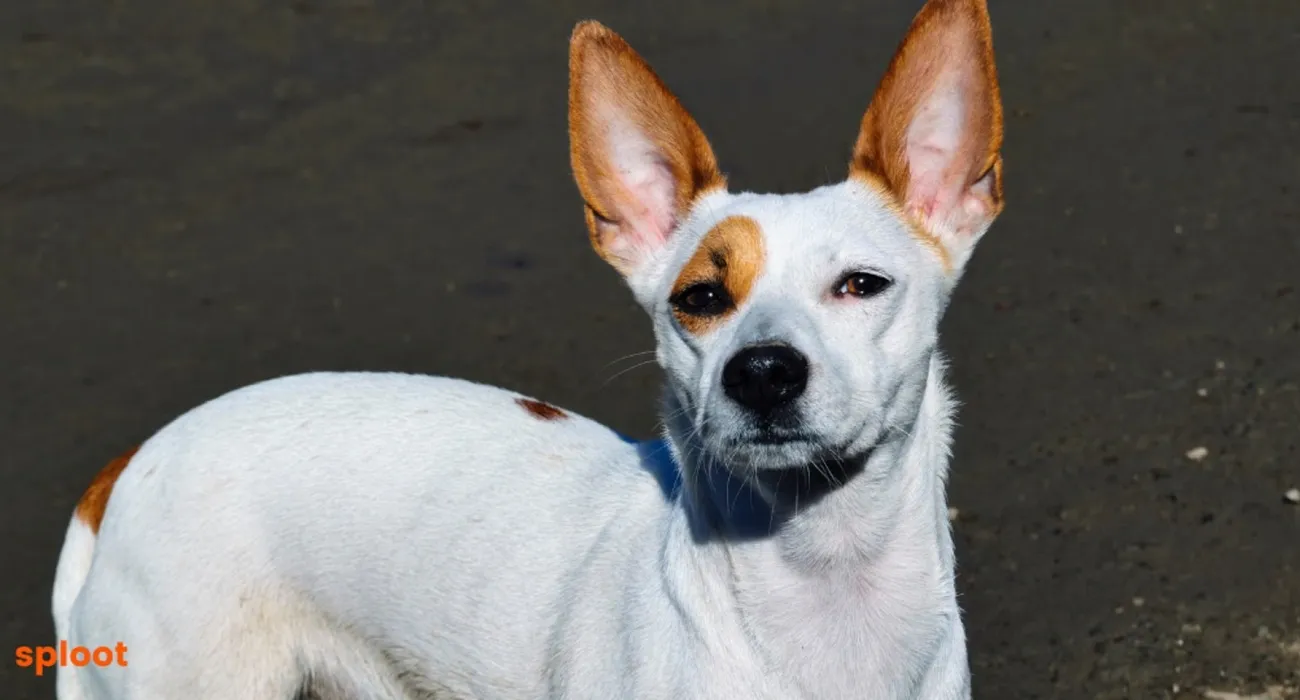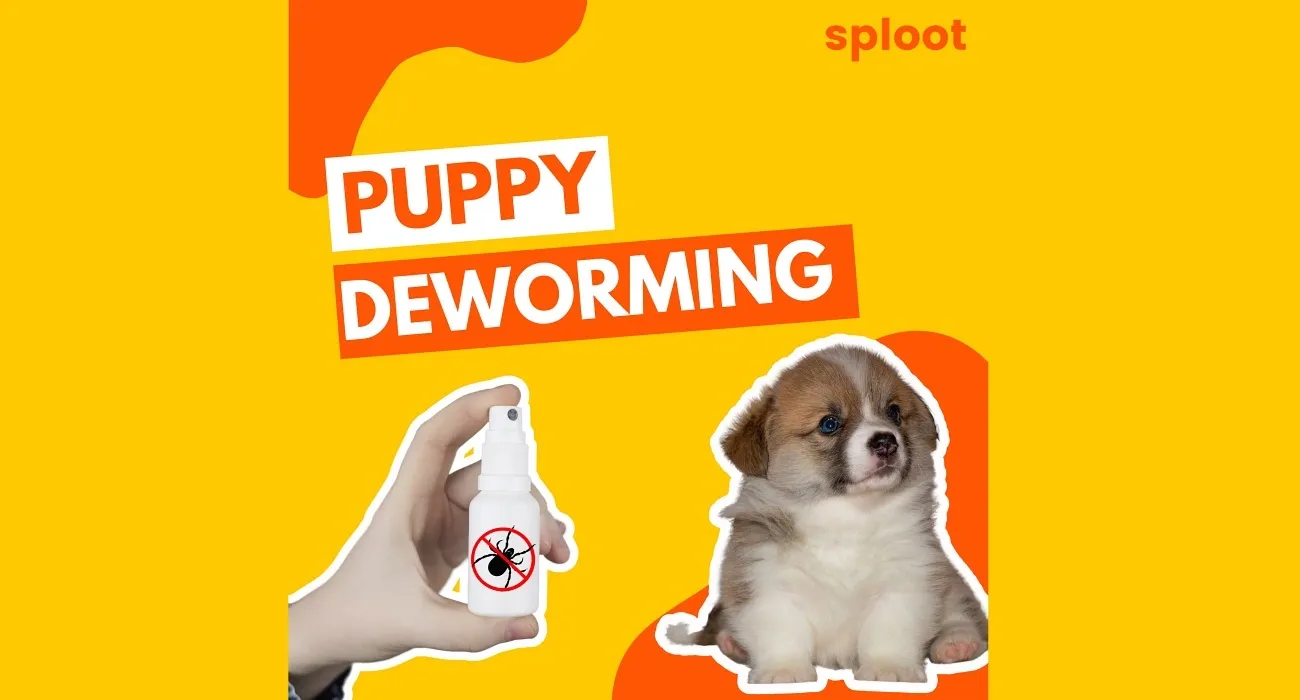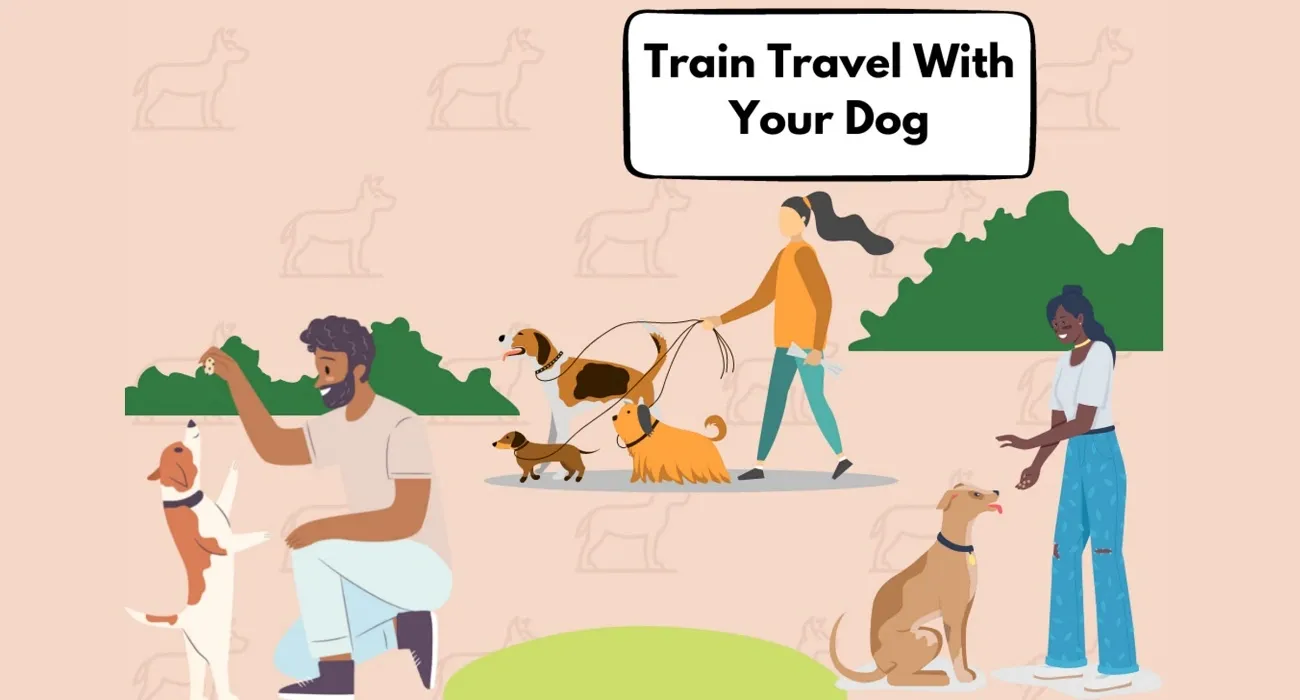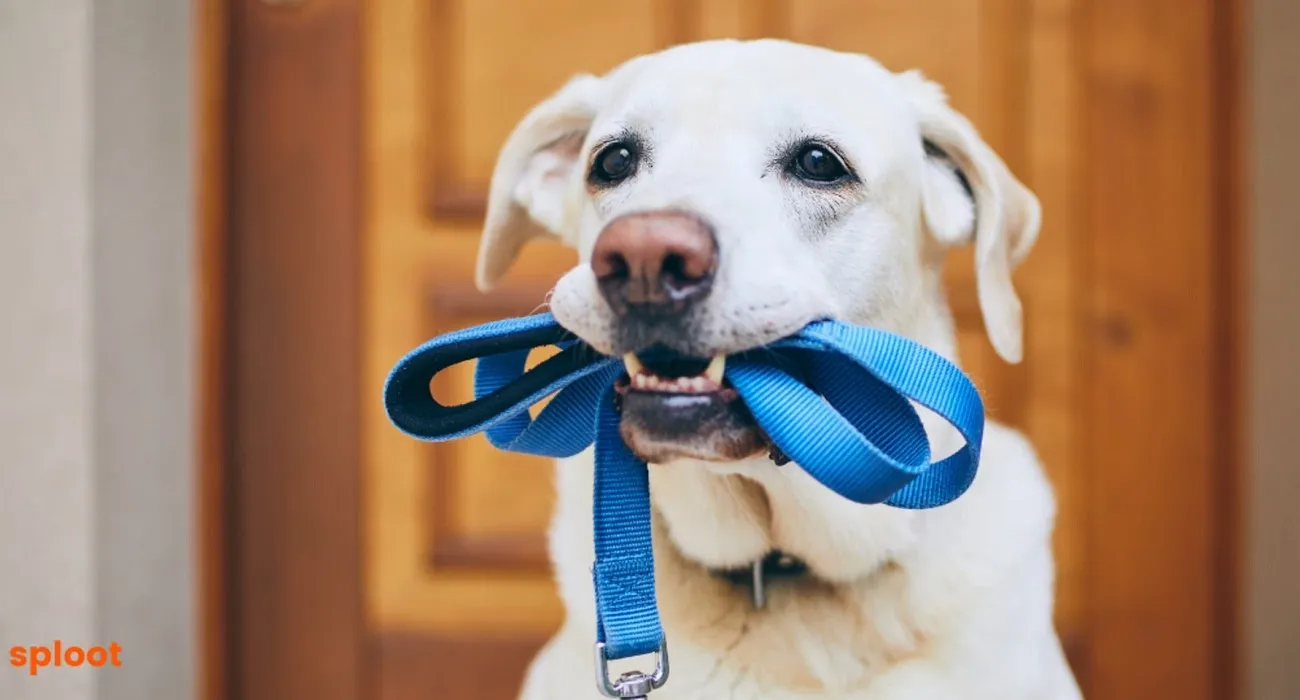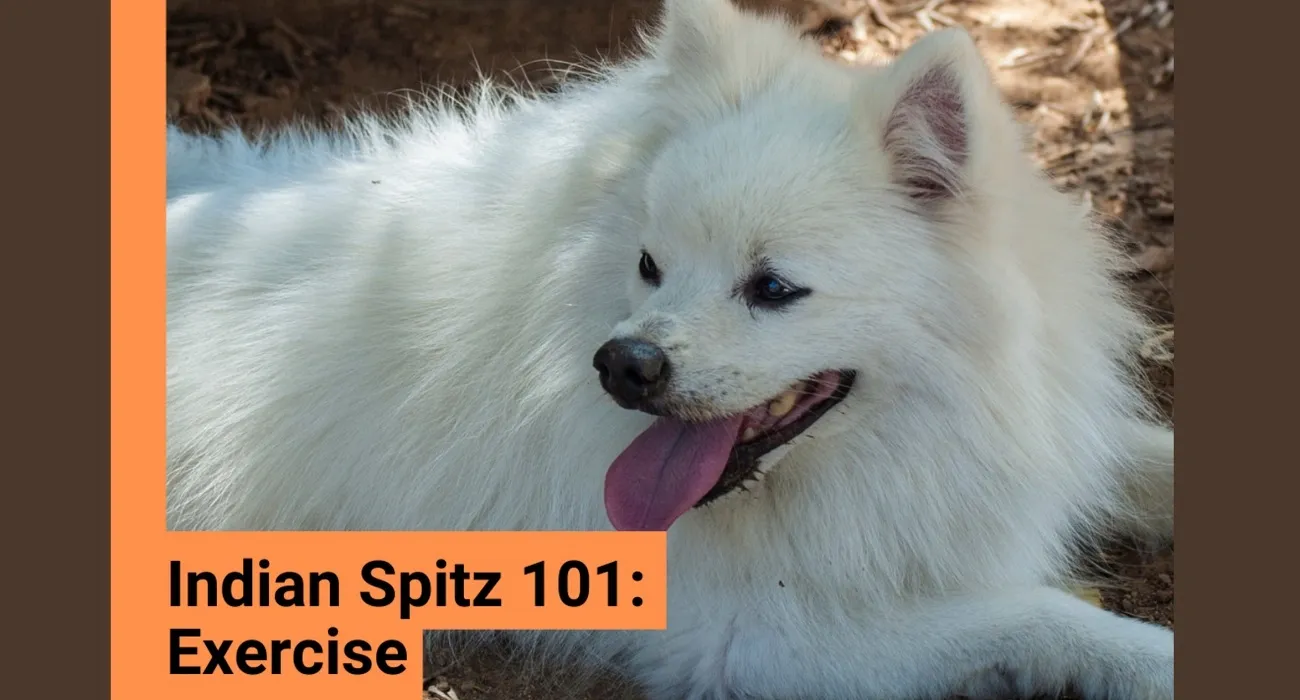Canine Parvovirus (CPV), commonly referred to as parvo, is a highly contagious viral disease that poses a significant threat to dogs, particularly unvaccinated puppies. This blog aims to cover all aspects of parvo, including its symptoms, transmission, treatment, and prevention, to provide a comprehensive guide for dog owners.
What is Parvovirus in Dogs?
Parvo in dogs is caused by the canine parvovirus. This virus is extremely resilient and can survive in the environment for months, making it challenging to eradicate. The disease is known for its severe impact on a dog's gastrointestinal tract, leading to parvo symptoms like vomiting, diarrhea (often bloody), lethargy, and loss of appetite.
What is parvo in dogs is a question many new pet owners might ask. Simply put, it is a highly infectious viral disease that can cause severe illness in dogs, especially puppies. Understanding what is parvo virus and its implications is vital for every dog owner to ensure their pets are protected against this deadly disease.
Symptoms of Parvo in Dogs
Recognizing the symptoms of parvo in dogs is crucial for early intervention. Parvo symptoms in dogs include severe vomiting, bloody diarrhea, lethargy, fever, and dehydration. In puppies, these signs can develop very quickly. The early signs of parvo might start with a lack of energy and appetite, progressing to more severe gastrointestinal symptoms.
Transmission of Parvovirus in Dogs
How do dogs get parvo?
The virus spreads through direct contact with an infected dog or indirectly through contact with contaminated faeces, environments, or objects. Due to its hardy nature, the parvo virus in dogs can be brought into a dog's environment on shoes, clothes, and other objects.
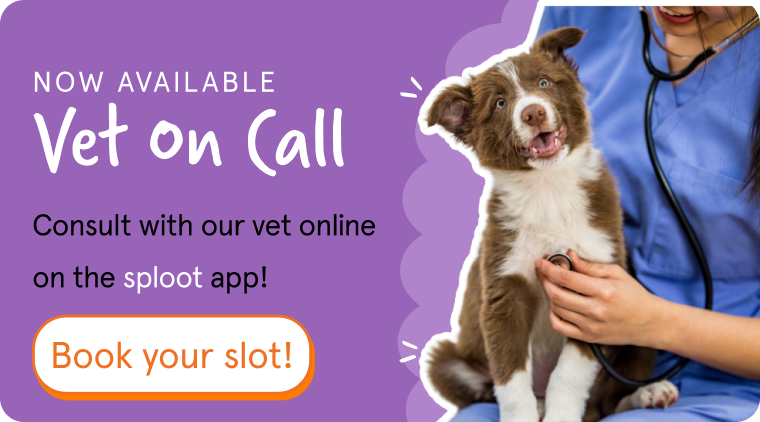
Diagnosis and Treatment of Parvo
When a dog shows signs of parvo disease, immediate veterinary attention is required. Diagnosis often involves a physical examination, history, and specific tests for parvo virus symptoms in dogs. Parvovirus in dogs, treatment typically involves hospitalization, supportive care like fluid therapy, anti-nausea medications, and antibiotics to prevent secondary infections.
Risks and Care for Parvo in Puppy
A parvo puppy refers to a young dog infected with the virus. Puppies are particularly susceptible due to their immature immune systems. For them, the symptoms of parvo can be more severe and rapidly progressing. Parvo in puppies requires urgent and aggressive treatment to improve survival chances.
The Severity of Canine Parvovirus
Canine parvovirus is notorious for its severity and the high mortality rate if left untreated. The virus attacks rapidly dividing cells, like those in the intestines and bone marrow, leading to the intense gastrointestinal and immune system symptoms associated with the disease.

Parvo Virus Treatment and Recovery
Parvo treatment is intensive and can be expensive, involving several days of hospitalization. There is no cure for the virus itself, so treatment focuses on supporting the dog's body until its immune system can fight off the infection. Parvo virus treatment often includes IV fluids, medications to control symptoms, and close monitoring.
Preventing Parvo in Dogs
Prevention is key to protecting dogs from the parvovirus. Vaccinations are the most effective way to prevent parvo disease in dogs. Young puppies should receive their parvo vaccinations as part of their initial vaccine series, followed by regular boosters based on veterinary advice.
Parvo Disease in Dogs: Long-term Effects
While dogs that recover from parvo can live healthy lives, the disease may have long-term effects on a dog's gastrointestinal system and overall health. Following recovery, a dog may have a weakened immune system for a period, making them more susceptible to other diseases.

Parvo Eyes and Other Complications
Parvo eyes refer to the dull, sunken eyes seen in severely dehydrated dogs suffering from parvo. This is one of the visible signs of the disease's toll on the dog's body. Other complications can include sepsis, shock, and even death if the disease is not treated promptly.
Parvo Infection in Dogs: Management and Care
Managing a parvo infection in dogs involves stringent hygiene measures to prevent the spread of the virus. Disinfecting the environment and ensuring that all dogs in the household are vaccinated are crucial steps in managing and preventing parvo.
Parvo Virus Symptoms in Dog: Recognizing and Reacting
Parvo virus symptoms in dog can sometimes be confused with other gastrointestinal disorders. However, the rapid onset and severity of symptoms like bloody diarrhea and vomiting are strong indicators of parvo. Immediate veterinary consultation is necessary when such symptoms are observed.
The Importance of Awareness and Education
Awareness and education about **parvo disease in dogs
** are essential in preventing the spread of this virus. Understanding the parvo dog disease, its transmission, symptoms, and treatment can significantly reduce the incidence and impact of this devastating disease.
Concluding Thoughts on Canine Parvovirus
Canine parvovirus is a severe and life-threatening disease that can affect dogs of all ages, though puppies are particularly at risk. Recognizing the symptoms of parvo in dogs and understanding the importance of early and effective treatment can save lives. Preventive measures, including vaccination and maintaining good hygiene, are crucial in protecting dogs from this deadly virus. By staying informed and vigilant, dog owners can help ensure their furry friends lead healthy, parvo-free lives.


